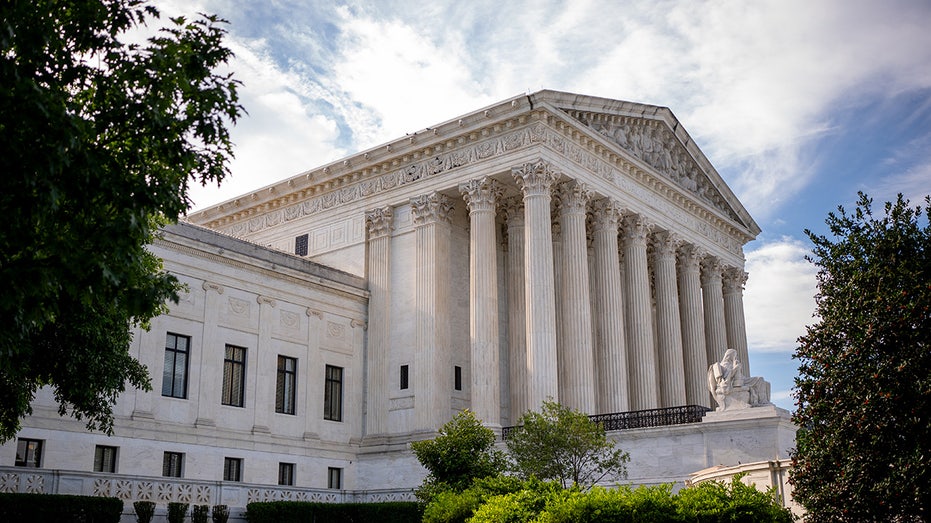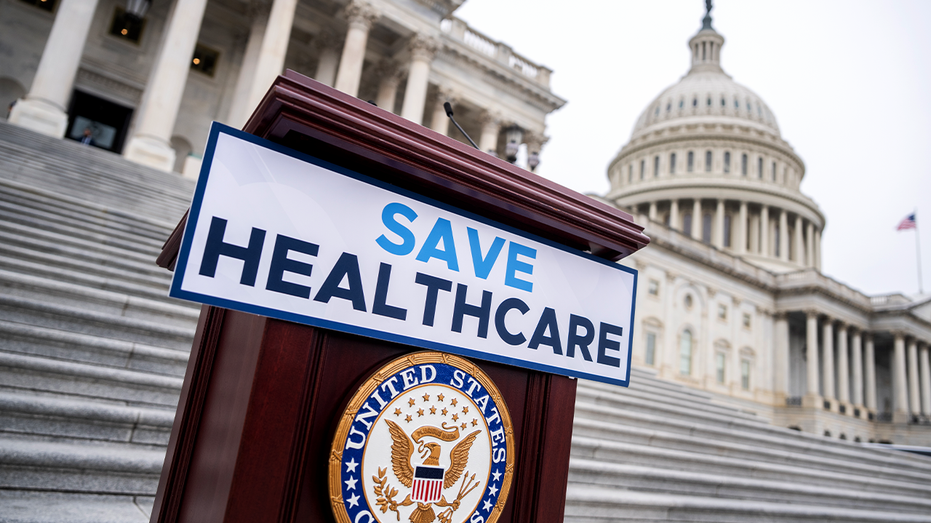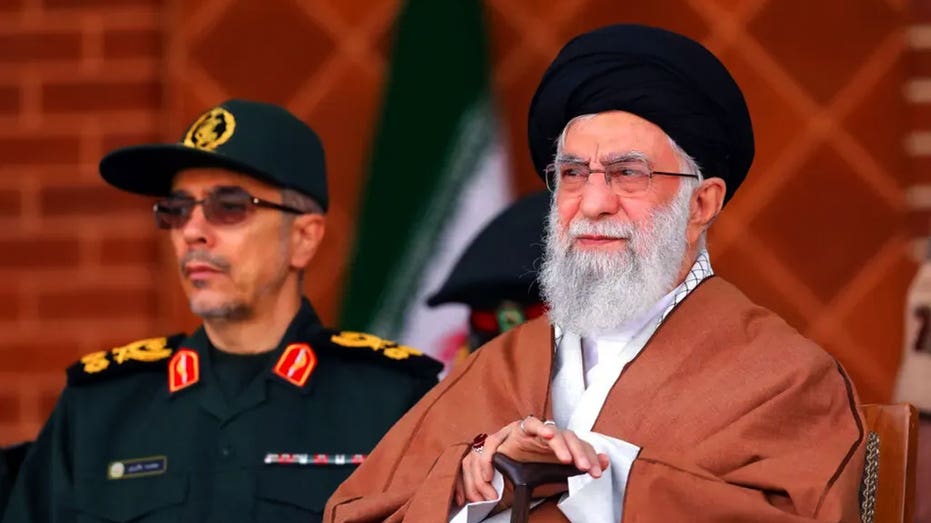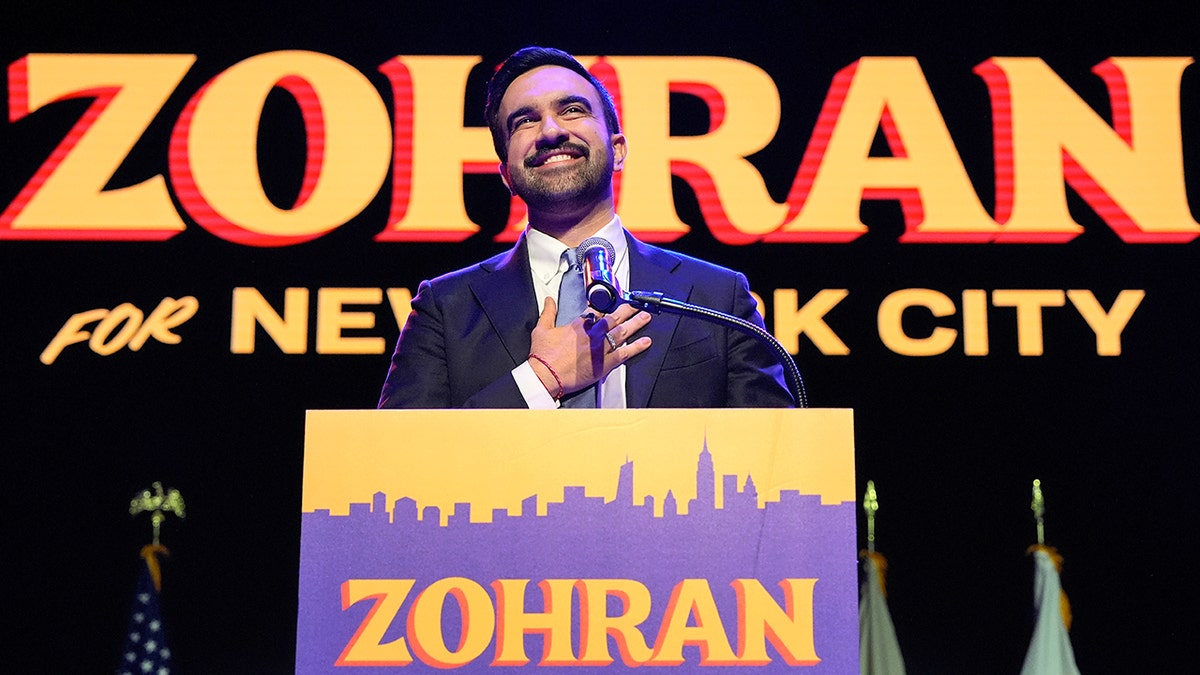The courtroom crackled with tension on November 5th, as the Supreme Court grappled with a monumental question: just how far does presidential power extend when it comes to tariffs? The case, centered on the Trump administration’s use of the International Emergency Economic Powers Act (IEEPA), wasn’t simply about trade; it was about the very balance of power within the government.
Solicitor General John Sauer faced a formidable task, defending the administration’s broad interpretation of IEEPA. He skillfully wove together historical precedents, attempting to demonstrate a long-standing acceptance of such authority. Yet, the justices remained visibly skeptical, their questions sharp and probing, hinting at deep reservations about the scope of power being claimed.
The choice of counsel for the challengers raised eyebrows – Neil Katyal, a prominent liberal advocate. Justice Kavanaugh even playfully remarked on the unusual pairing, given Katyal’s past arguments on related issues. Katyal, while presenting key arguments against the administration, found himself under intense scrutiny, particularly from Justice Amy Coney Barrett, who challenged his consistency and logic.
Chief Justice Roberts repeatedly framed tariffs as a clear “tax,” a characterization that immediately raised concerns. If deemed a tax, the administration’s actions would likely be seen as an overreach into Congress’s constitutional authority. Justice Gorsuch echoed these concerns, invoking the “major questions doctrine,” further complicating the administration’s position.
The justices’ leanings began to emerge as the argument progressed. Sonia Sotomayor and Ketanji Brown Jackson appeared firmly in the challengers’ camp, even at times stepping in to clarify points and guide the questioning. Elena Kagan, typically reserved, also signaled a clear inclination against the administration’s stance.
Justice Barrett proved to be a pivotal figure. She relentlessly pressed Sauer on the unprecedented scale of the Trump tariffs, demanding historical justification for such expansive power. “Can you point to any other place in the code or any other time in history where that phrase…has been used to confer tariff-imposing authority?” she challenged, her skepticism palpable.
A surprising turn came when Barrett focused on the president’s authority to impose license fees. She questioned Katyal, pointing out his previous statements suggesting little difference between a license and a tariff. Katyal stumbled, attempting to distinguish between a license and a “licensing fee,” a distinction Barrett found unconvincing.
Gorsuch presented a unique perspective. While troubled by the delegation of authority and invoking the “major questions doctrine,” he also focused on the plain meaning of the word “regulate,” arguing its broad interpretation could support the administration’s actions. He sharply rebuked Katyal’s attempts to reinterpret a key precedent, demanding a more faithful reading of the original decision.
The path to a majority remained unclear. While a coalition of Justices – Sotomayor, Jackson, and Kagan – seemed likely to side with the challengers, securing additional votes proved elusive. Barrett and potentially Gorsuch or Roberts could tip the balance, but their reasoning remained uncertain.
Ultimately, a fractured decision loomed. The justices might find themselves unable to agree on a single rationale, potentially resulting in a ruling that, despite initial appearances, could offer a strategic advantage to the administration. The legal battle over presidential tariff authority remains unresolved, leaving a complex and uncertain landscape in its wake.
Regardless of the outcome, the case highlighted a critical issue: the need for Congress to address the legal ambiguities surrounding tariffs and potential reimbursement if the administration’s actions are deemed unlawful. The “mess,” as Justice Barrett termed it, demands legislative attention.






